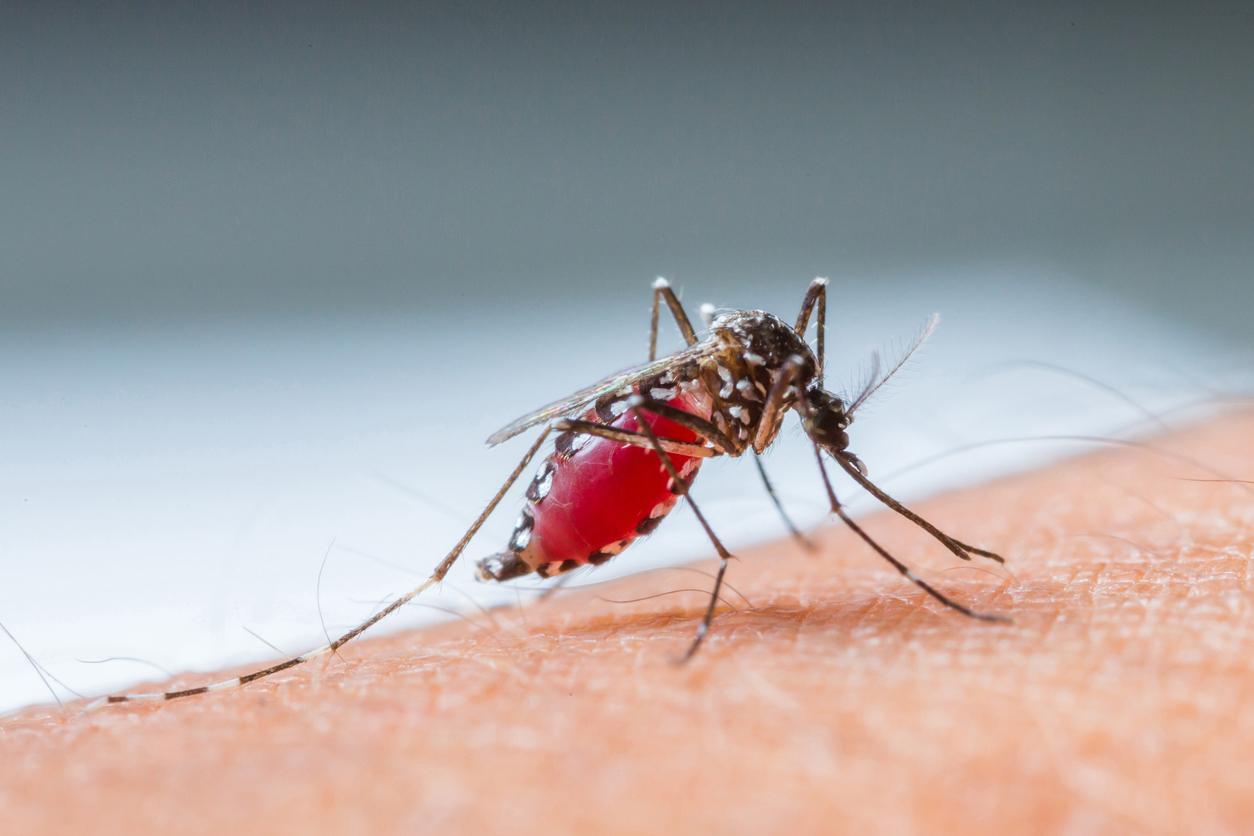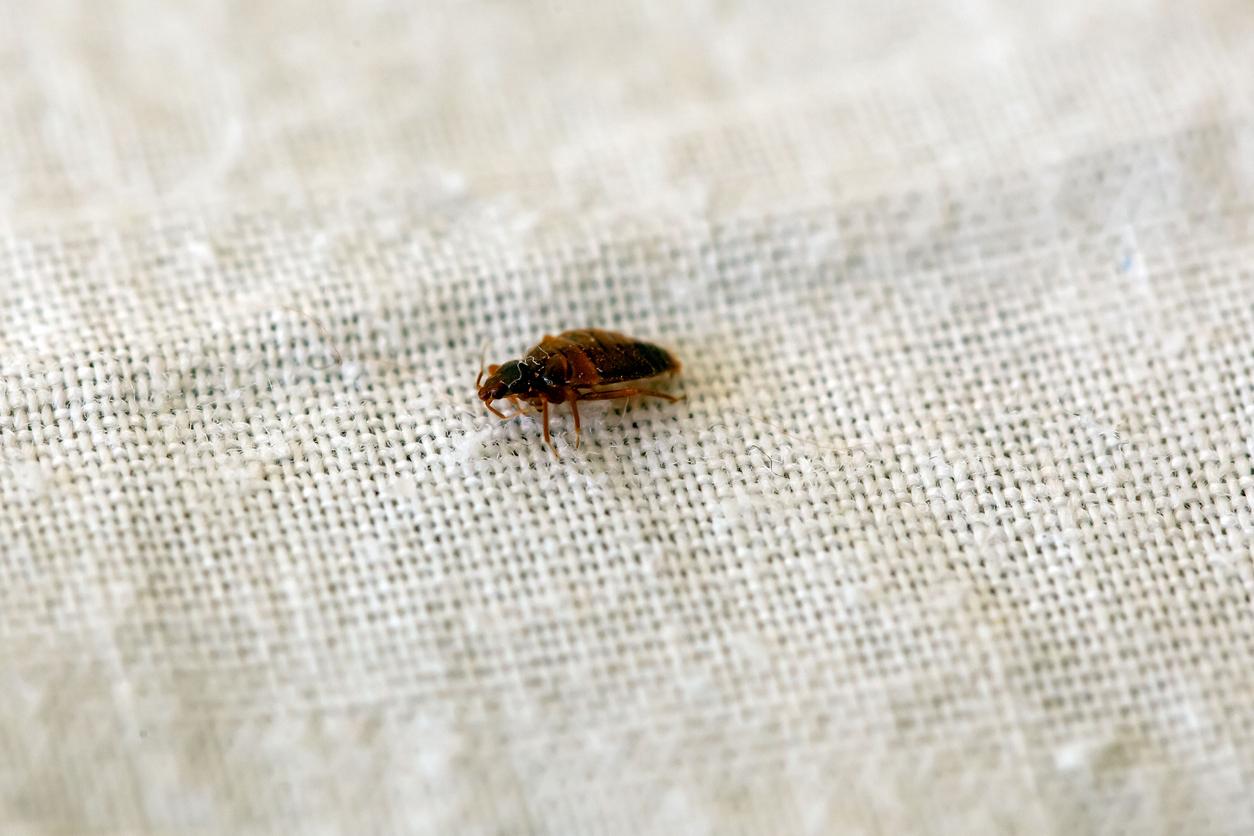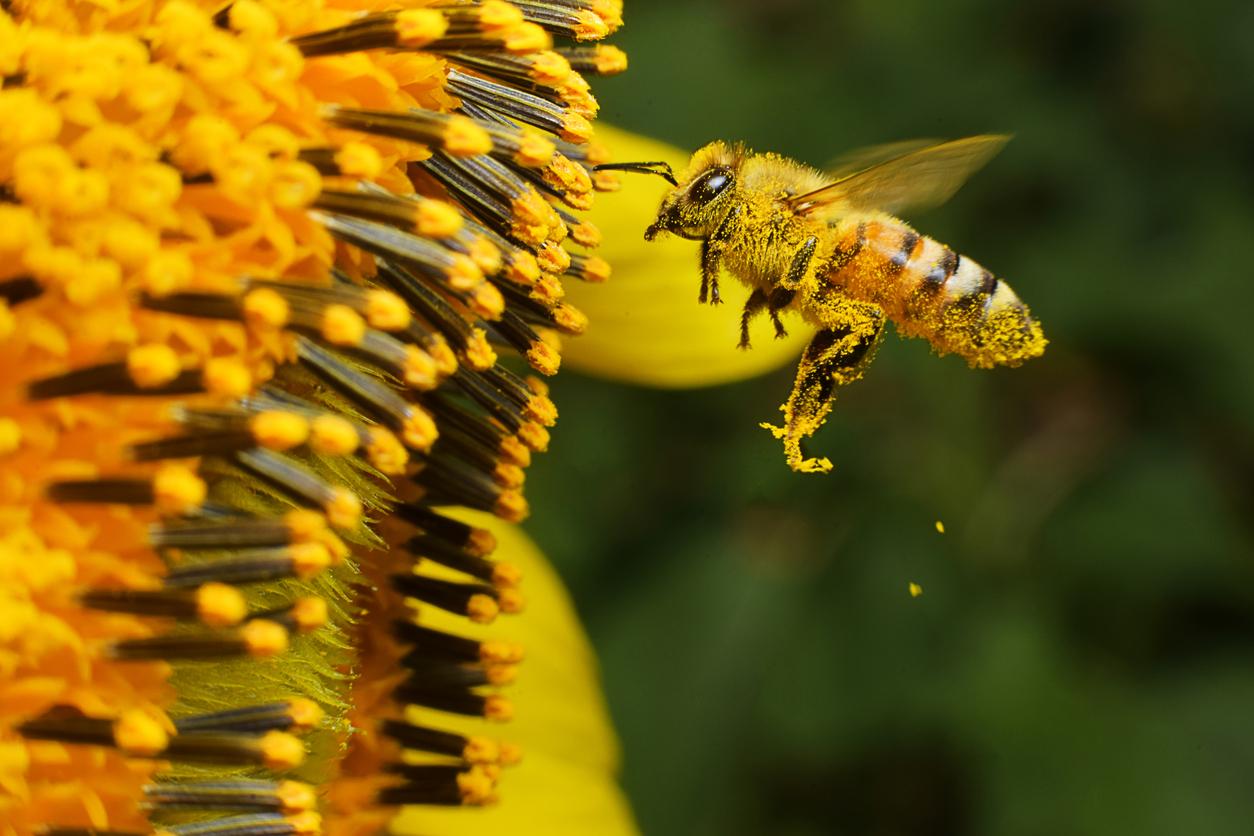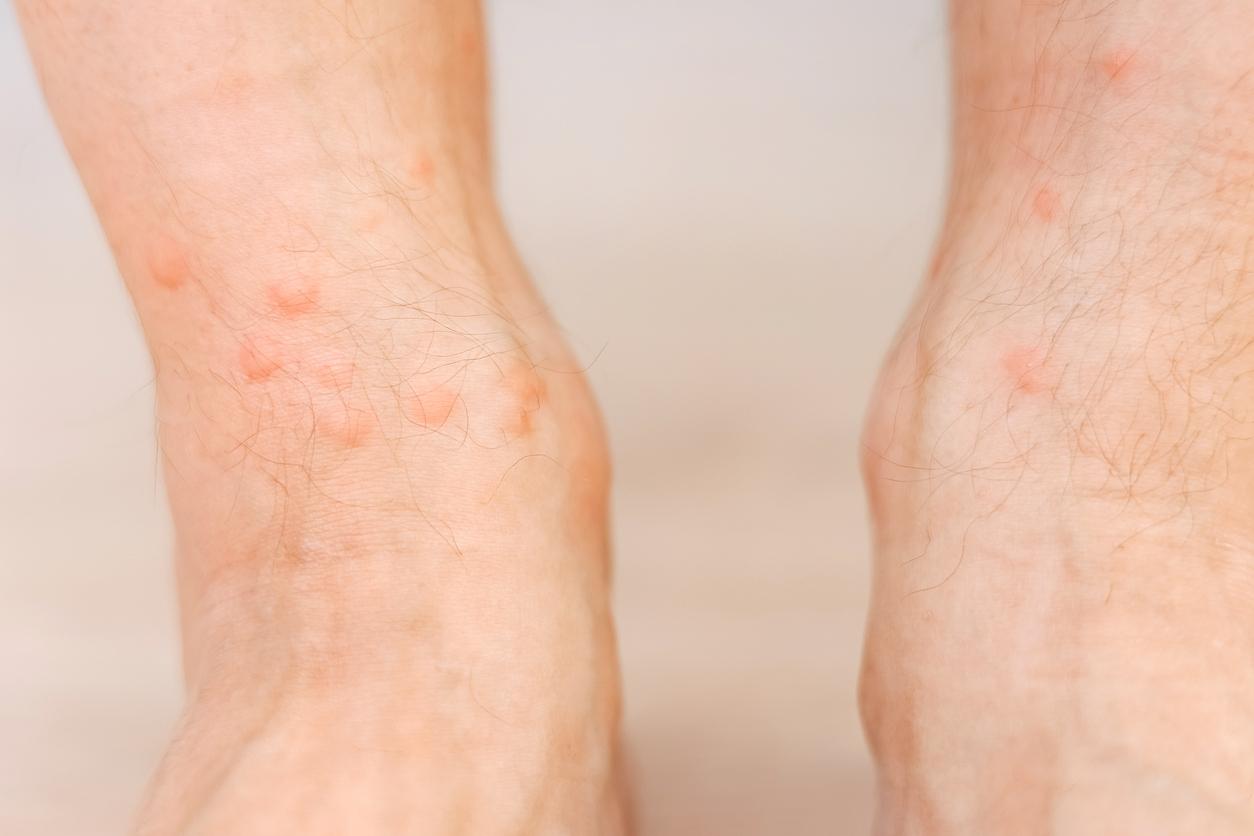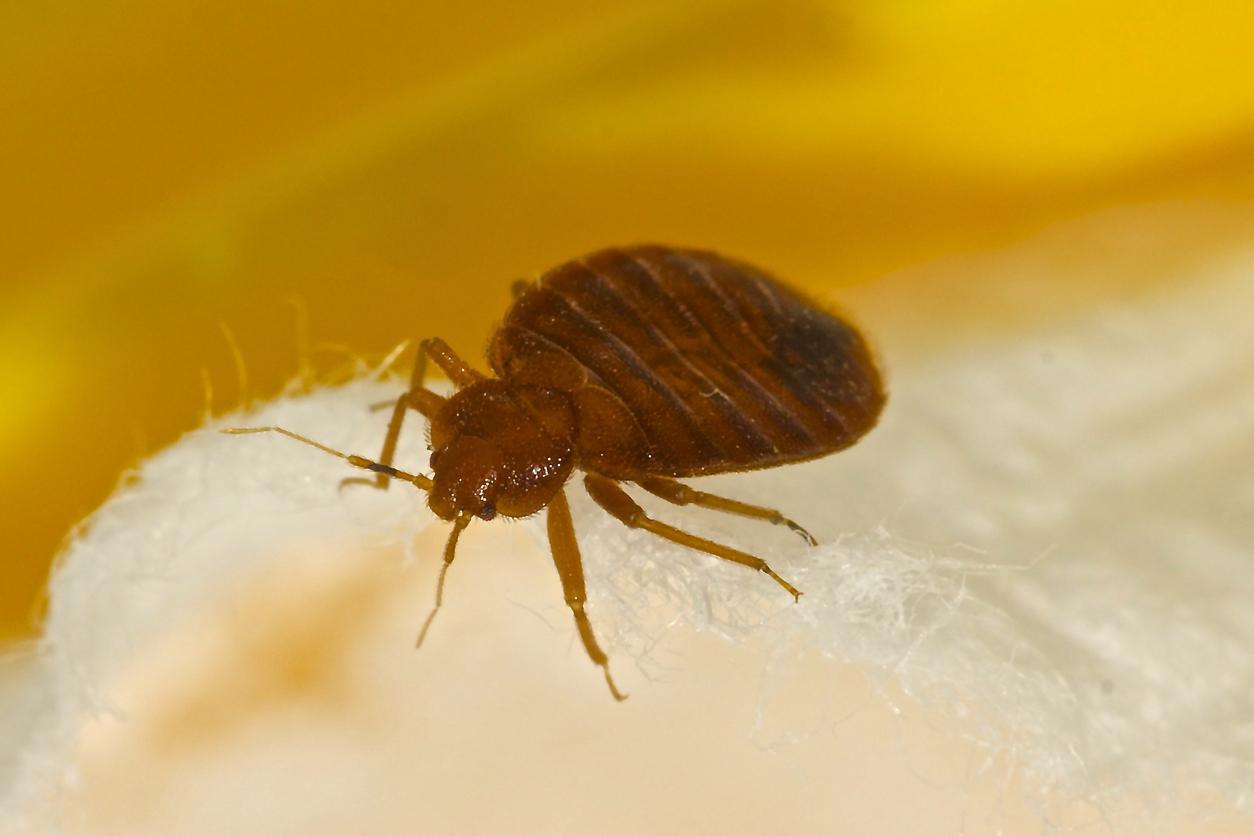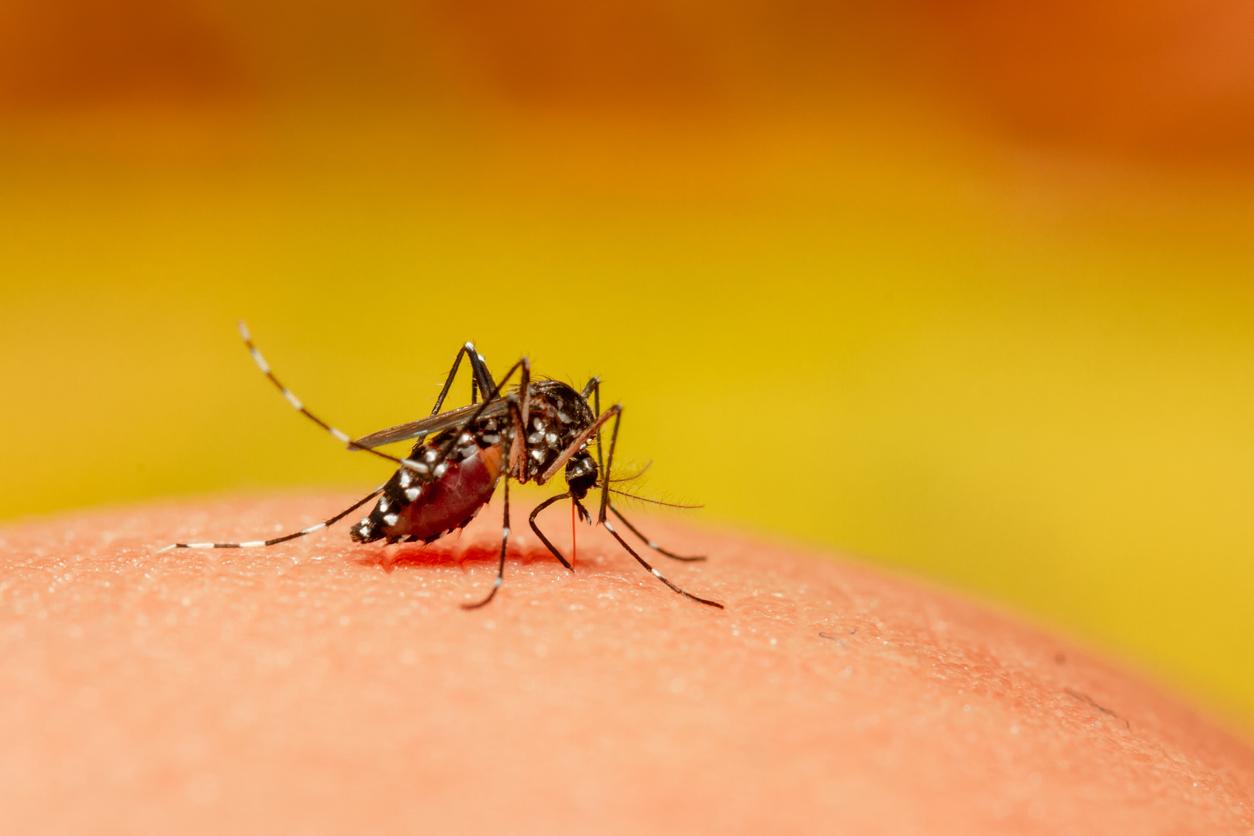The beautiful days are here, with all the outdoor activities. But what to do in the event of a wasp, bee or hornet sting?
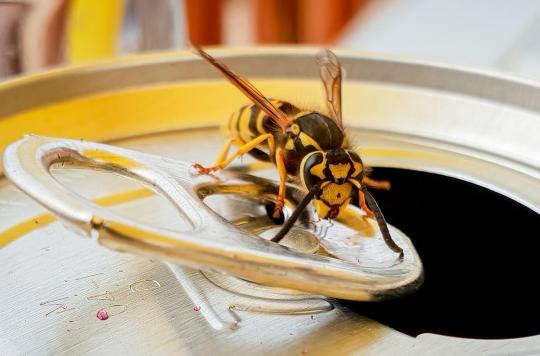
- Do not use tweezers to remove a stinger.
- In case of allergy or symptoms, the emergency services must be notified.
Each year in France, the stings of wasps, bees or hornets – in other words Hymenoptera – kill about ten to twenty times more people than vipers. In principle, these insects are not aggressive and only bite if they think they are attacked, when they are looking for food or are disturbed in their nests.
First recommendations to avoid being bitten: do not wear perfumed hygiene products, dress in covering and light-colored clothing. Outside, avoid drinking from a can, as you cannot see if there is an intruder in it. And it is also better to refrain from walking barefoot or in sandals in nature, near bodies of water or in the grass.
poison gland
First, you need to identify the insect that bit you. If it’s a bee, remove the stinger. It is the only Wasp to leave it, and can therefore only sting once. You have to remove this stinger with a fingernail, the flat edge of a knife, or even a credit card. But be careful, do not use tweezers. She can puncture the venom gland and release more.
For all types of stings, hornets, wasps or bees, disinfect the area with soap and water, then with an antiseptic solution. If the pain is severe, take a pain reliever, such as paracetamol or ibuprofen. And most importantly, monitor the bite for 48 hours.
When to call the emergency services?
A wasp, bee or hornet sting can cause a toxic or allergic reaction. A 40-year-old man, after a hornet sting, had been plunged into a coma after an allergic reaction. In case of symptoms, call the emergency services, the SAMU. Especially in the presence of multiple bites (more than 20 for adults and but beware, only 4 or 5 for children!) or the appearance of the following reactions:
– swelling of the tongue, lips, throat or eyes
– difficulty breathing or swallowing
– dizziness or malaise
– nausea, vomiting
– generalized rash
– fever









